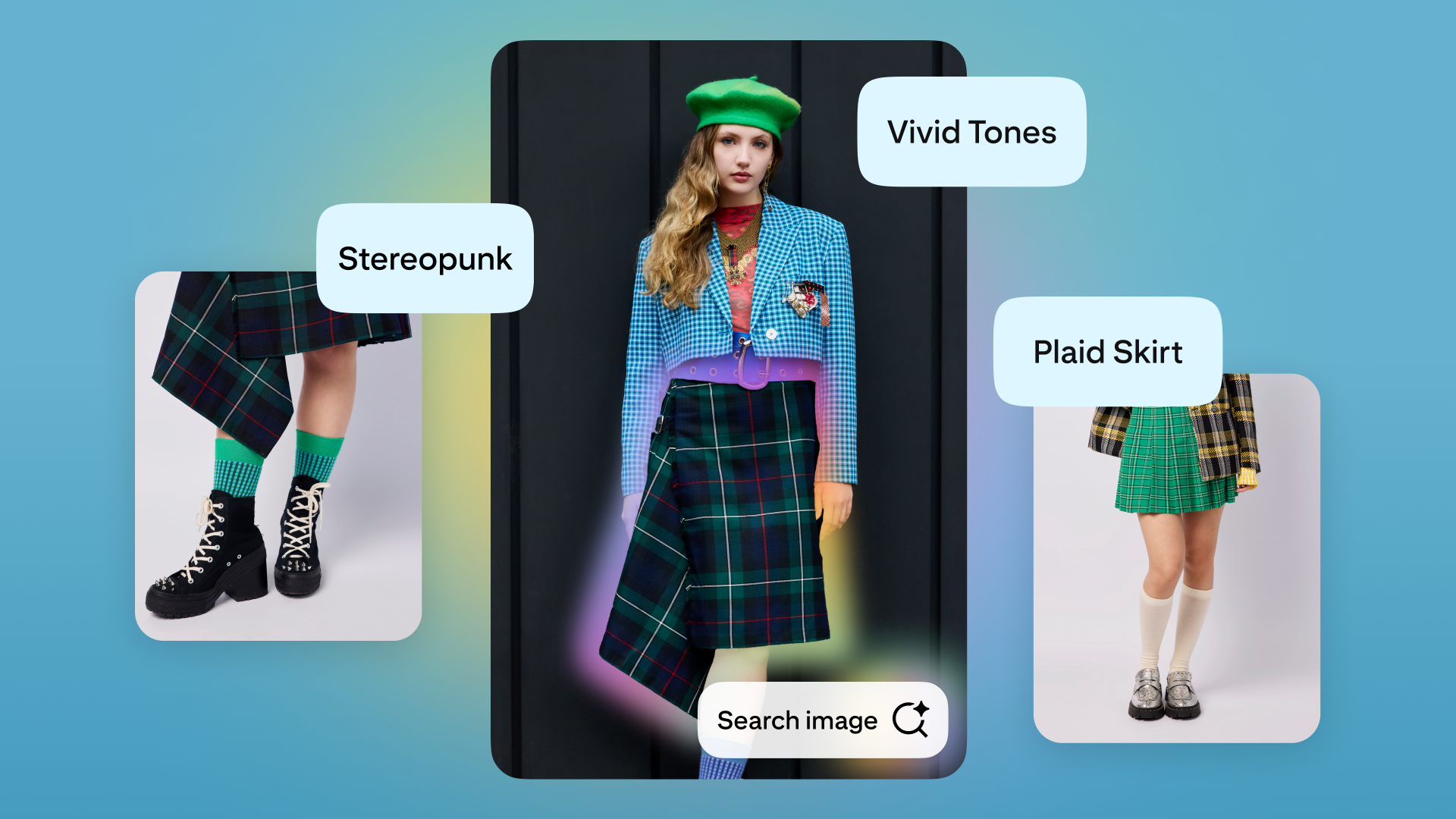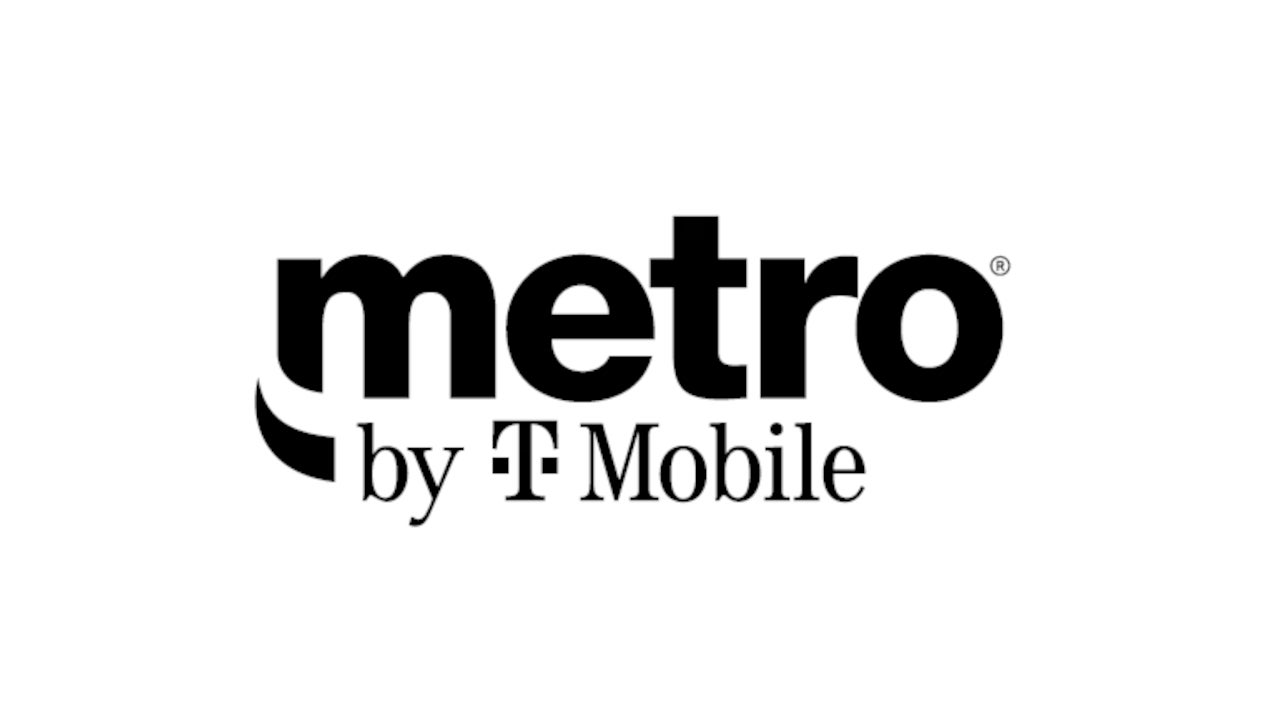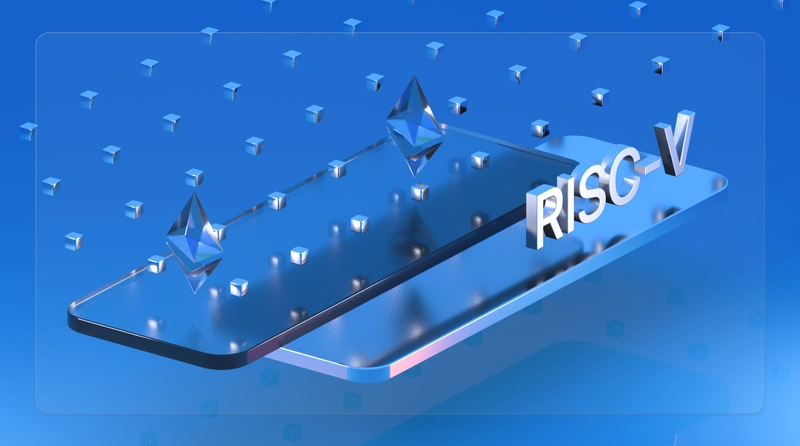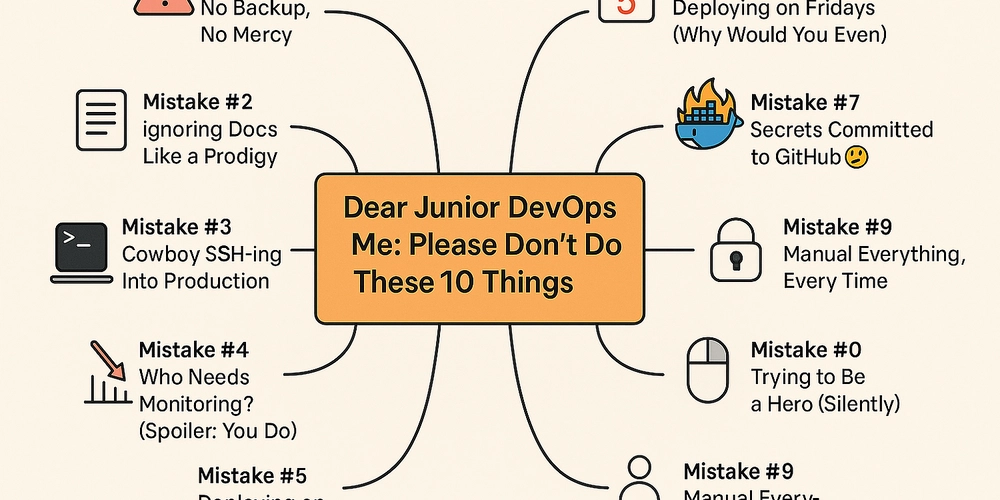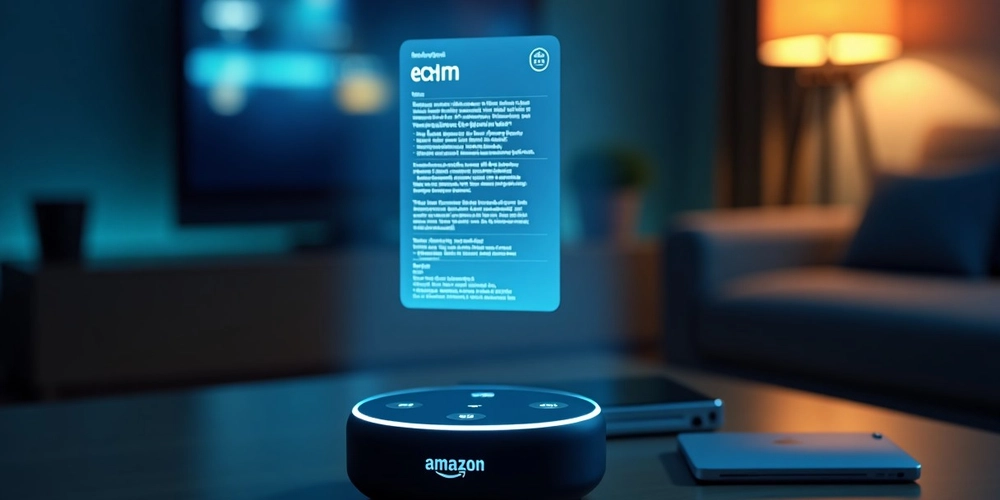Basics of Medical and Health Software Development
Medical and health software development is a rapidly growing field that blends technology with healthcare to improve patient outcomes, optimize hospital systems, and enhance access to medical services. This post introduces the key concepts, technologies, and challenges involved in developing health-based applications. What Is Medical Software? Medical software refers to any application that is designed for use in diagnosing, treating, monitoring, or managing health conditions. Examples include: Electronic Health Records (EHR) Systems Telemedicine Platforms Patient Monitoring Systems Mental Health Apps Diagnostic and Imaging Tools Mobile Health (mHealth) Applications Key Features of Medical Software Data Security: Protection of patient data is critical (HIPAA, GDPR). Interoperability: Integration with hospital systems and other platforms. Real-time Monitoring: For devices and remote patient care. Accessibility: Intuitive UI for all users including doctors and patients. Compliance: Adhering to medical regulations and certifications. Technologies Used in Development Frontend: React, Angular, Flutter (for mobile apps) Backend: Node.js, Django, .NET Databases: PostgreSQL, MongoDB, FHIR-compliant databases APIs: HL7, FHIR (Fast Healthcare Interoperability Resources) AI/ML: For diagnostics, predictive analysis, and personalization Steps to Build a Basic Health App Define Purpose: Identify the health problem the app addresses. Understand Regulations: Learn about data protection and compliance laws. Design UX: Create intuitive, accessible user interfaces. Develop Core Features: Include scheduling, tracking, reminders, records, etc. Test Thoroughly: Ensure accuracy, security, and usability. Deploy and Monitor: Use cloud platforms for scale and monitor performance. Challenges in Health Software Development Compliance Complexity: Medical regulations vary by country and region. Data Sensitivity: Requires encryption, secure access, and audit logs. Integration with Legacy Systems: Many hospitals use outdated software. Continuous Testing: Bugs in health apps can be dangerous. Real-World Examples Epic Systems: EHR platform used by hospitals worldwide. MyChart: A patient portal for managing health data and appointments. Teladoc: A telemedicine app connecting doctors and patients remotely. Calm, Headspace: Mental wellness and therapy tools. Useful Tips for Beginners Start small—build a medication reminder or step tracker app. Learn the basics of health data standards like FHIR and HL7. Work with healthcare professionals for domain insights. Focus on user privacy and ethical programming practices. Conclusion Developing medical and health software is both rewarding and challenging. It requires a blend of technical knowledge, legal awareness, and a strong sense of responsibility. With the right approach, programmers can create impactful solutions that improve lives and reshape healthcare delivery.


Medical and health software development is a rapidly growing field that blends technology with healthcare to improve patient outcomes, optimize hospital systems, and enhance access to medical services. This post introduces the key concepts, technologies, and challenges involved in developing health-based applications.
What Is Medical Software?
Medical software refers to any application that is designed for use in diagnosing, treating, monitoring, or managing health conditions. Examples include:
- Electronic Health Records (EHR) Systems
- Telemedicine Platforms
- Patient Monitoring Systems
- Mental Health Apps
- Diagnostic and Imaging Tools
- Mobile Health (mHealth) Applications
Key Features of Medical Software
- Data Security: Protection of patient data is critical (HIPAA, GDPR).
- Interoperability: Integration with hospital systems and other platforms.
- Real-time Monitoring: For devices and remote patient care.
- Accessibility: Intuitive UI for all users including doctors and patients.
- Compliance: Adhering to medical regulations and certifications.
Technologies Used in Development
- Frontend: React, Angular, Flutter (for mobile apps)
- Backend: Node.js, Django, .NET
- Databases: PostgreSQL, MongoDB, FHIR-compliant databases
- APIs: HL7, FHIR (Fast Healthcare Interoperability Resources)
- AI/ML: For diagnostics, predictive analysis, and personalization
Steps to Build a Basic Health App
- Define Purpose: Identify the health problem the app addresses.
- Understand Regulations: Learn about data protection and compliance laws.
- Design UX: Create intuitive, accessible user interfaces.
- Develop Core Features: Include scheduling, tracking, reminders, records, etc.
- Test Thoroughly: Ensure accuracy, security, and usability.
- Deploy and Monitor: Use cloud platforms for scale and monitor performance.
Challenges in Health Software Development
- Compliance Complexity: Medical regulations vary by country and region.
- Data Sensitivity: Requires encryption, secure access, and audit logs.
- Integration with Legacy Systems: Many hospitals use outdated software.
- Continuous Testing: Bugs in health apps can be dangerous.
Real-World Examples
- Epic Systems: EHR platform used by hospitals worldwide.
- MyChart: A patient portal for managing health data and appointments.
- Teladoc: A telemedicine app connecting doctors and patients remotely.
- Calm, Headspace: Mental wellness and therapy tools.
Useful Tips for Beginners
- Start small—build a medication reminder or step tracker app.
- Learn the basics of health data standards like FHIR and HL7.
- Work with healthcare professionals for domain insights.
- Focus on user privacy and ethical programming practices.
Conclusion
Developing medical and health software is both rewarding and challenging. It requires a blend of technical knowledge, legal awareness, and a strong sense of responsibility. With the right approach, programmers can create impactful solutions that improve lives and reshape healthcare delivery.









































































































































































![[The AI Show Episode 146]: Rise of “AI-First” Companies, AI Job Disruption, GPT-4o Update Gets Rolled Back, How Big Consulting Firms Use AI, and Meta AI App](https://www.marketingaiinstitute.com/hubfs/ep%20146%20cover.png)

























































































































![[DEALS] The Premium Python Programming PCEP Certification Prep Bundle (67% off) & Other Deals Up To 98% Off – Offers End Soon!](https://www.javacodegeeks.com/wp-content/uploads/2012/12/jcg-logo.jpg)















































































































































_Aleksey_Funtap_Alamy.jpg?width=1280&auto=webp&quality=80&disable=upscale#)
_Sergey_Tarasov_Alamy.jpg?width=1280&auto=webp&quality=80&disable=upscale#)













































































































![Apple Foldable iPhone to Feature New Display Tech, 19% Thinner Panel [Rumor]](https://www.iclarified.com/images/news/97271/97271/97271-640.jpg)
![Apple Developing New Chips for Smart Glasses, Macs, AI Servers [Report]](https://www.iclarified.com/images/news/97269/97269/97269-640.jpg)
![Apple Shares New Mother's Day Ad: 'A Gift for Mom' [Video]](https://www.iclarified.com/images/news/97267/97267/97267-640.jpg)
![Apple Shares Official Trailer for 'Stick' Starring Owen Wilson [Video]](https://www.iclarified.com/images/news/97264/97264/97264-640.jpg)


















